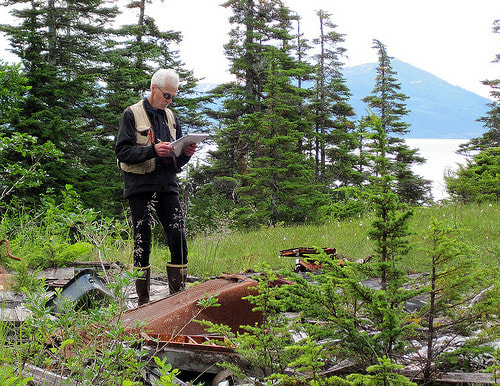| Central Question: How can scientific data be used to track, measure, and classify biomes? Guiding Thought Question: What are three forms of data you would want to collect when trying to classify which biome an area was a part of? Why would those three particular data sets help you determine the biome classification? Today's Learning Objective: Students will discuss the methods of modeling and mapping biome classifications by participating in a class discussion and completing a map geoinquiry. |
|
0 Comments
Leave a Reply. |
Ecological Biogeography ForumWelcome to the Forum! Here is where you will be answering your daily warm-up questions. Please do not enter your last name for privacy reasons, and you may use a nickname if you would like (Just make sure Mr. Tredinnick is aware of the nickname you are using). Write out thoughtful responses to the forums on the days they are assigned. If you miss a day please take it upon yourself to complete the Forum you missed. Each Forum has the targeted Learning Objective(s) there so you can see what the focus of the day's class will be. Archives
March 2022
Categories |

 RSS Feed
RSS Feed
